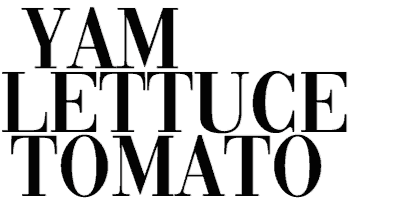[Today’s donation was made to Campaign Zero. Click here to see my Pride & Joy Project 2020 Daily Donations List.]
As I’m writing this post, multiple cities across the US are burning, curfews are in place in many states, and (sane) people are mourning the terrible loss (again) of black men and women in the hands of those who were supposed to protect these black men and women. There are too many of them, but the names I’m going to invoke right now are Breonna Taylor and George Floyd.
On May 27, Larry Kramer died. He was the prominent AIDS warrior whose “1,112 and Counting” essay changed my life. He advocated demonstrations and protests, and it was through his work I realized and accepted the need to act up for change, because, indeed, for people with HIV and AIDS, it’s a matter of life and death – and so is the racial profiling of people of color by law enforcement officers.
Like many inspiring movements, such as the Civil Rights Movement and Black Lives Matter, Pride also began as an annual peaceful demonstration.
After the Stonewall Inn atrocity happened on June 28, 1969, activists Craig Rodwell, his partner Fred Sargeant, Ellen Broidy, and Linda Rhodes proposed an annual Day of Reminder to march on the last Saturday of June. The march would be called Christopher Street Liberation Day (Stonewall Inn is located on Christopher Street in Greenwich Village, NY). The following year, on June 28, 1970, the first Christopher Street Liberation Day march happened and it became the first Pride march.
Brenda Howard, the legendary bisexual activist who coordinated this first Pride March, started the idea of including week-long events during Pride Day march. This became the basis of the current Pride celebration.
Since moving to the US in 2011, I’ve never been to a single Pride parade, partly because when I was in school (from 2011 until 2014), I always went back to Jakarta during summer break. Another reason was because I never cared for the partying that was associated with Pride.
Indonesia doesn’t have Pride marches. The closest thing Indonesians have is the International Day Against Homophobia, Transphobia, and Biphobia (IDAHOBIT) celebration. I managed to take part in Zoom sessions hosted by Arus Pelangi, the Indonesian LGBTQ rights group, and they have been enlightening and frightening at the same time. Yes, conversion therapies are still rampant. No, the president still hasn’t done anything to address homophobia, transphobia, and biphobia in Indonesia.
It’s a broad stroke, but I can’t help but feel Pride in the US has since lost its meaning after years of being held and the LGBTQ movement achieving milestones. The US is far from perfect, though. Discrimination and persecutions still exist.
Now that Pride marches are not happening in real life due to the Covid-19 pandemic (NY Pride has been canceled and LA Pride is going virtual), I felt I’ve missed out on something important.
Isolation has helped me reconnect with photography (I used to do it daily as a product photographer from 2015 to 2017 when I worked at a jewelry company. The pandemic has also affected my income and the livelihood of those who work in fashion, and that broke me.
I found solace in the words of Bill Cunningham, the acclaimed fashion photographer/historian.
The wider world perceives fashion as a sometimes a frivolity that should be done away with in the face of social upheavals and problems that are enormous. The point is, in fact, that fashion you know, it’s the armor to survive the reality of everyday life. I don’t think you could do away with it. It would be like doing away with civilization.
Bill Cunningham
And so, I decided to create Pride & Joy: Portraits of Fashion Choices that Make Me Look Gay As Fuck. The “joy” part is inspired by Marie Kondo, whom I don’t particularly care for because I’m a hoarder sentimental.
Every day, I’ll be posting photos to my Instagram, of clothes and accessories I wear that make me look (and feel) so gay and so proud of being gay, with a longer description (and alternative photos, some will be NSFW) on this blog.


We owe this iconic symbol to Gilbert Baker. The flag originally had eight colors, but Hot Pink (representing sex) was dropped because there wasn’t enough fabric in this color to make the flags, especially when demand grew exponentially after Harvey Milk was assassinated on November 27, 1978. Turquoise (magic/art) got the chop (quite literally) when the organizers of the 1979 SF Pride Parade wanted to split the flag into two to decorate each side of the route and they needed an even number of colors.
The flag I have is the most common six-color iteration of red (life), orange (healing), yellow (sunlight), green (nature), blue (harmony), and purple (spirit).
I’m wearing a generic black tank top and black short shorts because we’re mourning, but it’s also time for Pride and summer is here.
Happy Pride Month, everyone.
